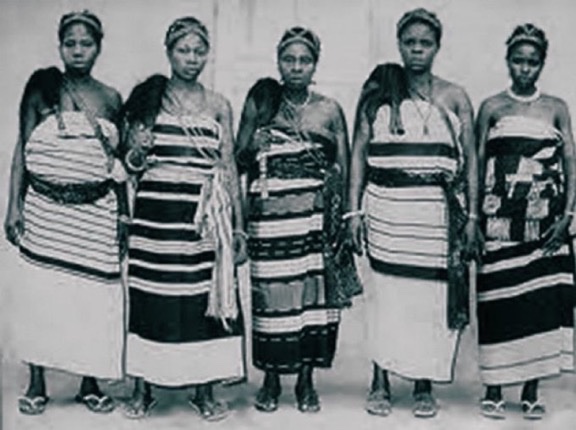The 1929 Aba Women’s Protest, often labeled as a riot, resulted in the unfortunate deaths of 51 women and one man. Contrary to spontaneous upheaval, this event was a culmination of months of mounting tension. Here unfolds the genuine narrative behind the rebellion and the individuals who lost their lives.
In Igboland, power distribution exhibited significant disparities compared to other regions of Nigeria. Unlike the North and South, the absence of a unified political institution among the Igbo people made it challenging to implement the indirect ruling system established by Lord Lugard in 1914.
The Aba Women’s protest unfolded as women rebelled against economic and socio-political oppressions in Bende, Umuahia, and other parts of Igboland. A massive turnout of over 10,000 women from six major ethnic groups— Ibibio, Andoni, Orgoni, Bonny, Opobo, and Igbo— marked the protest.
A brief historical context reveals the indirect rule system in Igboland, involving the appointment of ‘warrant chiefs.’ These chiefs, lacking community respect, became symbols of enforced power and grew increasingly oppressive.
The introduction of direct taxation on men in 1928, preceded by careful propaganda, faced little resistance. However, in September 1929, Captain J. Cook assumed temporary control of the Bende division and found the tax records inadequate. To rectify this, Cook revised the nominal roll to include details about wives, children, and livestock in each household.
READ ALSO: Unveiling the Origins: The Narrative Behind the Yoruba Adage & Sebotimo Elewa Sapon
The spark for the protest ignited in Oloko, where the warrant chief, Okugo, dispatched Mark Emereuwa to conduct the tax census. Emereuwa’s encounter with widow Nwanyereuwa, who resisted the taxation based on the number of her dependents, led to an altercation. Nwanyereuwa’s subsequent account of the incident rallied around 25,000 women from across the Bende district, making it the largest women’s revolt in history.
The protest aimed at resisting impending tax changes and challenging the unrestrained power of the Warrant Chiefs. The British response during the riot included ordering local policemen to shoot the women, but they refused due to kinship ties. Policemen from Lagos were brought in, resulting in the tragic loss of 50 women’s lives and severe injuries to 75 others.
The repercussions of the protest extended to the forced resignation of numerous Warrant Chiefs, a practice echoing in present-day Nigeria. Notably, the improved status of women in society emerged as some women were appointed as chief warrants in certain areas. The iconic statue portraying a woman disarming and breaking a gun symbolizes the resilience and triumph of the Aba Women’s Protest.

